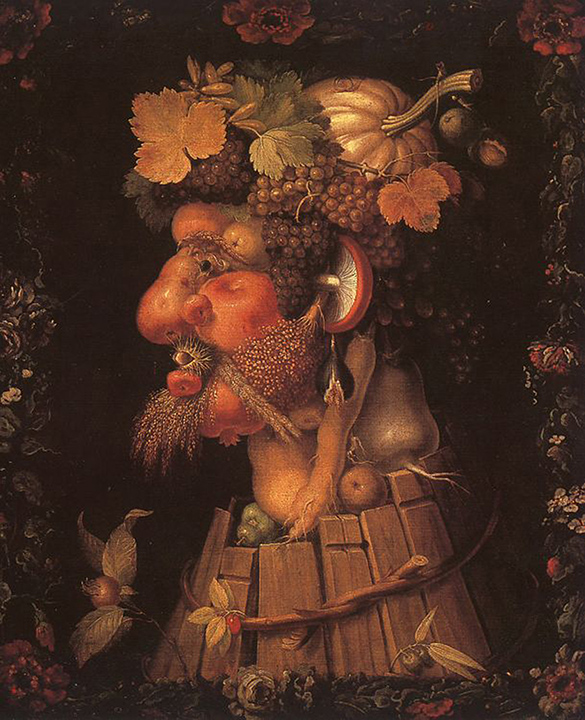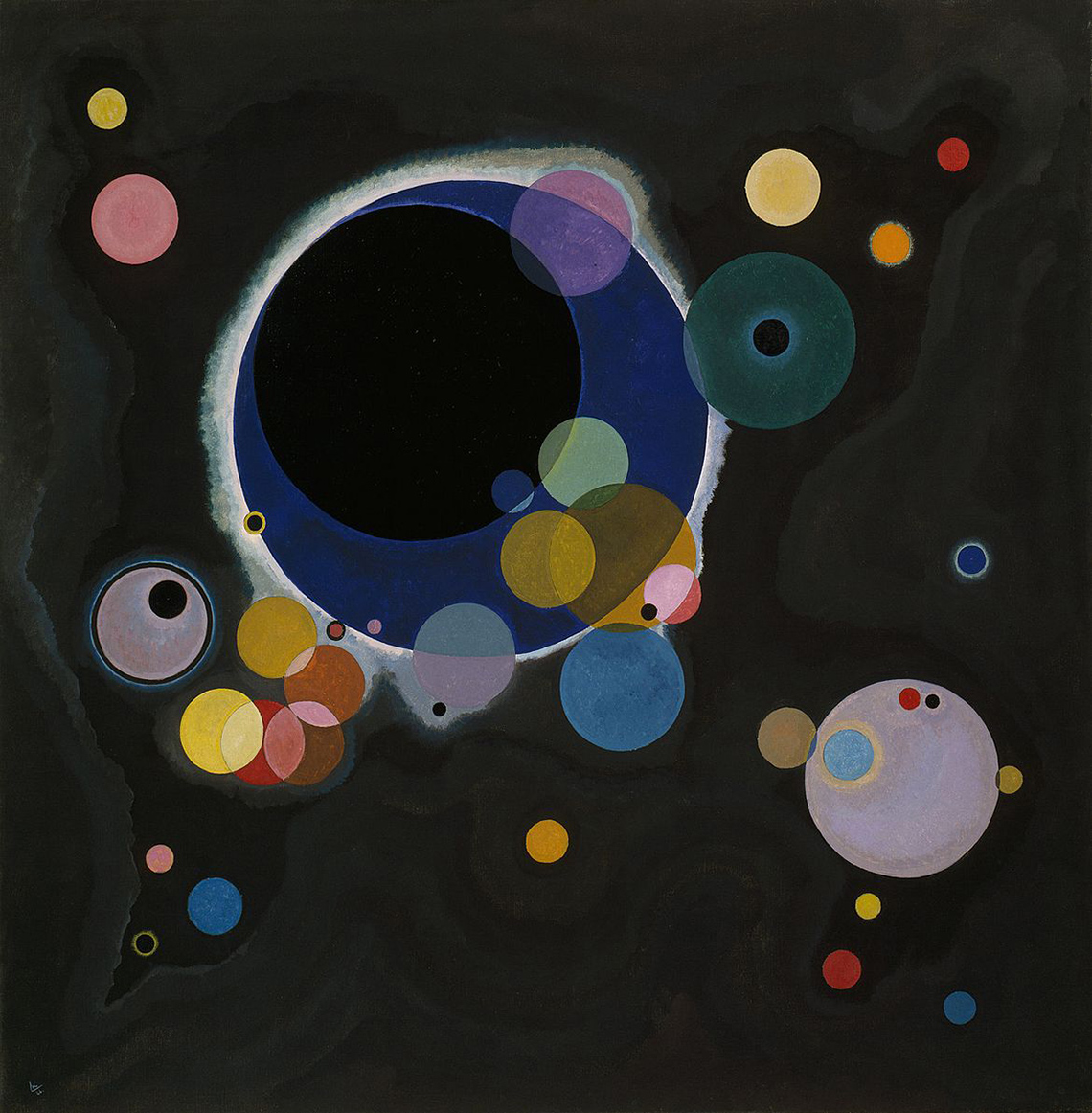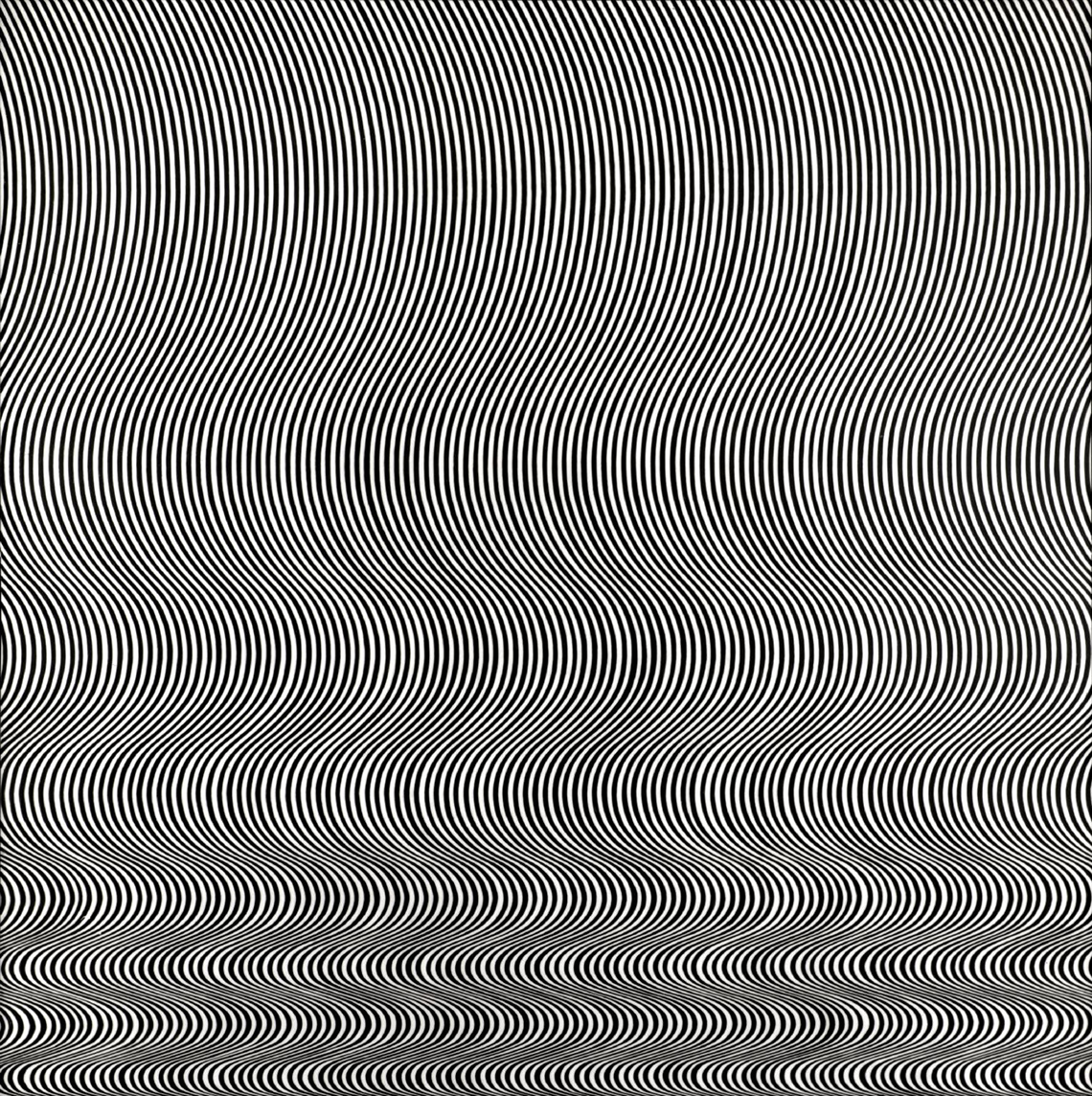Minds On
Let’s get started!
Art is…
Art can be found everywhere.
It can be in a home, a school, or a community.
Explore the following carousel of images to discover examples of things that are art.
Can you find anything that is familiar to you?
Have you ever explored anything similar in your community?
Action
Get ready, get set…
Art can be anything! Artists create their artwork in many diverse forms.
They can use:
- paint, pencil crayons and crayons
- clay and stone
- paper, canvas
- types of fabric (e.g., wool, cotton, silk)
Some examples of artwork are pottery, textiles, drawings and murals.
Go!
Art Is…
In the book Art Is…, Bob Raczka shares the work of diverse artists. Each of the artists create their own artwork using materials and ideas of their choice.
Let’s explore the diverse artists in the following images and descriptions!

Art is a face made with apples and grapes
A painting entitled Autumn by artist Giuseppe Arcimboldo from 1572. The artwork is in the Louvre Museum in Paris. This artist used images of fruits and vegetables to create a face. The face is made up of images of potatoes for the cheeks, grapes for hair and a mushroom for an ear!
What do you notice about the artwork?
Press ‘Answer’ to access some ideas about the items used by the artist.
The artist created a portrait using grapes, pears, potatoes, pumpkin and other fruits, vegetables and leaves.

Art is shapes
A painting entitled Several Circles by Wassily Kandinsky in 1926. The artwork is in the Guggenheim Museum in New York. This artist uses circles of diverse sizes and colours to create a painting. Some of the circles have other circles on top of them.
What do you notice about the artwork?
Press ‘Answer’ to access some ideas about how the artist uses shapes.
The artist uses small and big circles to create their artwork.

Art is lines
An artwork entitled Fall by Bridget Riley in 1963. This artwork is in the Tate Gallery in London, England. The artist uses wavy lines to create an artwork.
What do you notice about the artwork?
Press ‘Answer’ to access an idea about how the artist uses lines.
The artist uses wavy lines to create a pattern. A pattern is a repeating design. A pattern can have lines and shapes. A pattern can have colour and texture.
Portfolio
What is art?
What are some of your own ideas about what art is? Share two or three examples of art.
Consolidation
Putting it all together

Now that we have explored some things that can be art, is there anything in your home, school or community that is art?
Materials Needed
Materials Needed
To help share what art is for you, you may need:
- a blank sheet of paper or an art journal
- drawing materials such as pencils or crayons
- an electronic tablet for drawing
- any other art materials you like to use
Share what art is for you.
Using the following Art Is template, on a blank sheet of paper, or using a method of your choice, create an image to share what art is to you.
Press the ‘Activity’ button to access Art Is.
Portfolio
Artist statement
In your art journal or using a method of your choice, answer each question in one sentence.
- What is your art about?
- What is your favourite part of your artwork?
Consider adding your work to your Art Portfolio!
Reflection
How do you feel about what you have learned in this activity? Which of the next four sentences best matches how you are feeling about your learning? Press the button that is beside this sentence.
I feel…
Now, record your ideas about your feelings using a voice recorder, speech-to-text, or writing tool.








